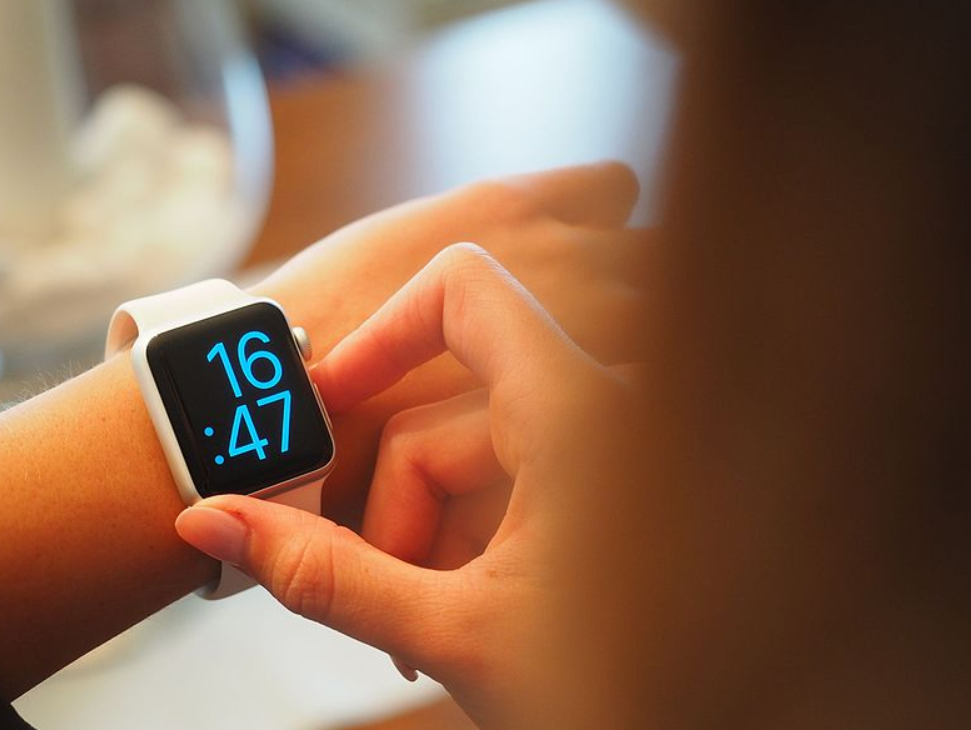While the demand for wearable devices declined by 6.6% year-on-year in developed markets (North America, Japan and Western Europe), the emerging markets (Asia-Pacific, Eastern Europe, Middle East, Africa and Latin America) increased sales by 14%, according to IDC research. Despite the huge popularity of inexpensive wristbands in these markets, interest in smart watches is also gaining momentum.
"Reducing demand in the markets of developed countries should in no way be a cause for concern, as these markets are experiencing a period of transition to more sophisticated wearable devices," IDC senior analyst Jitesh Ubrani said. "While the previous generation of wearable devices focused on providing descriptive database, such as counting steps, current and future generations of gadgets have a wide variety of characteristics. Such devices are of interest to application developers, telecommunications companies, component manufacturers, medical institutions - each of these industries is ready for growth in the coming years."
The wearable device market was influenced by two key factors in the second quarter: increased demand for smart wearables and a slow decline in the main market for cheap wearable goods. Users want more from their wearable devices, and smart watches manufacturers have responded to this demand.
According to research IDC, the main supplier in the wearable goods market is Apple, which is explained by the continued demand for a smart watch with Internet access.
Xiaomi took the second position thanks to the successful diversification of its product portfolio, which includes footwear, a children's watch and several models of Mi Band fitness bracelets. Not the least role in the popularity of Xiaomi products is played by their location in the low price segment. The company also conducted a successful advertising campaign for smartphones and other technical products in Europe and the Middle East, which helped to raise brand awareness. Experts predict that this strategy will allow the company to repeatedly increase sales in these countries in the near future.
The third place is taken by Fitbit, which sales continue to decline. Nevertheless, launch of smart watch Versa allowed the company to expand its customer base and become the fourth brand in the market of smart devices with sales of 1.1 million units.
Huawei, like Xiaomi, is largely focused on the Chinese market. Nevertheless, the situation begins to change and the company demonstrates growth beyond the domestic market. The dual brand strategy also pays off: Honor products account for more than half of all the wearable goods sold by Huawei.
In the second quarter Garmin managed to increase the gap from Samsung and retain the fifth line among the largest suppliers of wearable devices in the world. Also, the company felt an influx of demand for smart watches, which once again highlighted importance of investing in these devices.
source: idc.com
"Reducing demand in the markets of developed countries should in no way be a cause for concern, as these markets are experiencing a period of transition to more sophisticated wearable devices," IDC senior analyst Jitesh Ubrani said. "While the previous generation of wearable devices focused on providing descriptive database, such as counting steps, current and future generations of gadgets have a wide variety of characteristics. Such devices are of interest to application developers, telecommunications companies, component manufacturers, medical institutions - each of these industries is ready for growth in the coming years."
The wearable device market was influenced by two key factors in the second quarter: increased demand for smart wearables and a slow decline in the main market for cheap wearable goods. Users want more from their wearable devices, and smart watches manufacturers have responded to this demand.
According to research IDC, the main supplier in the wearable goods market is Apple, which is explained by the continued demand for a smart watch with Internet access.
Xiaomi took the second position thanks to the successful diversification of its product portfolio, which includes footwear, a children's watch and several models of Mi Band fitness bracelets. Not the least role in the popularity of Xiaomi products is played by their location in the low price segment. The company also conducted a successful advertising campaign for smartphones and other technical products in Europe and the Middle East, which helped to raise brand awareness. Experts predict that this strategy will allow the company to repeatedly increase sales in these countries in the near future.
The third place is taken by Fitbit, which sales continue to decline. Nevertheless, launch of smart watch Versa allowed the company to expand its customer base and become the fourth brand in the market of smart devices with sales of 1.1 million units.
Huawei, like Xiaomi, is largely focused on the Chinese market. Nevertheless, the situation begins to change and the company demonstrates growth beyond the domestic market. The dual brand strategy also pays off: Honor products account for more than half of all the wearable goods sold by Huawei.
In the second quarter Garmin managed to increase the gap from Samsung and retain the fifth line among the largest suppliers of wearable devices in the world. Also, the company felt an influx of demand for smart watches, which once again highlighted importance of investing in these devices.
source: idc.com





